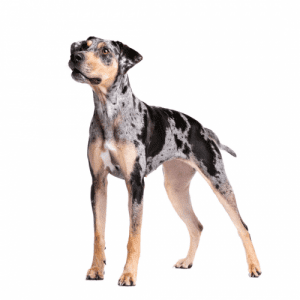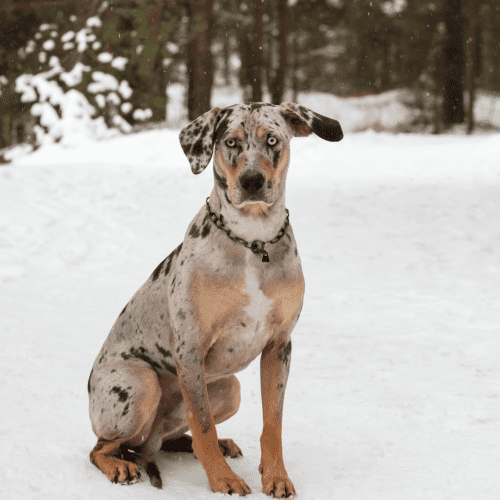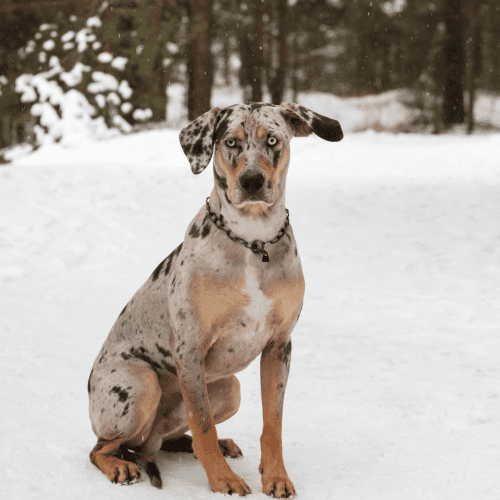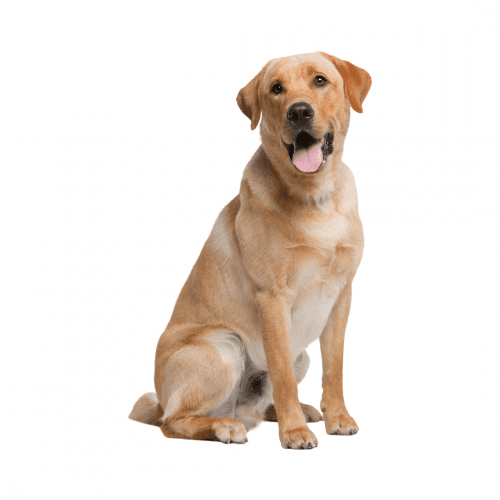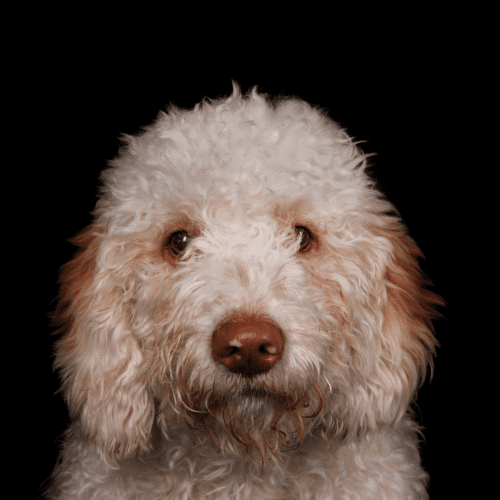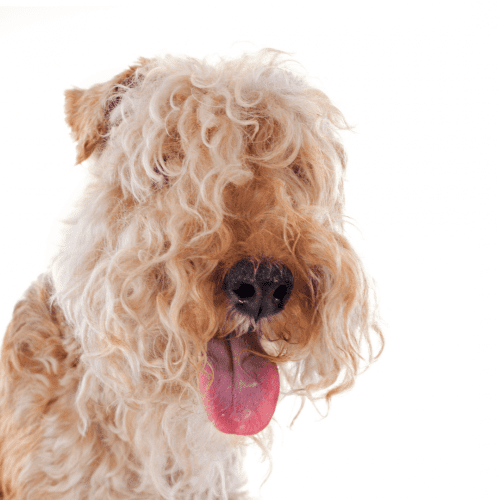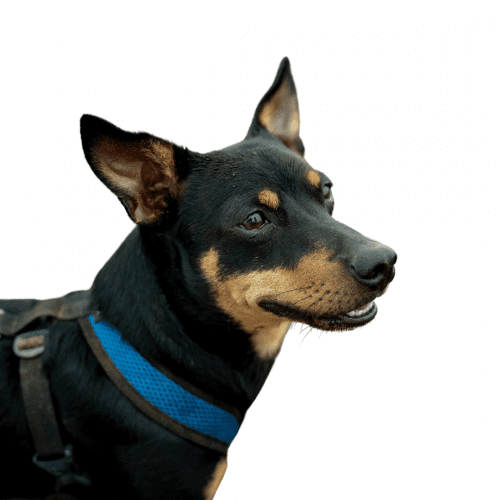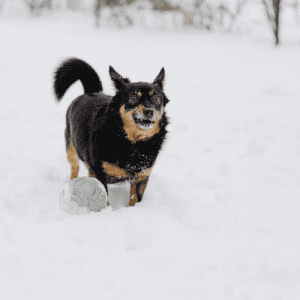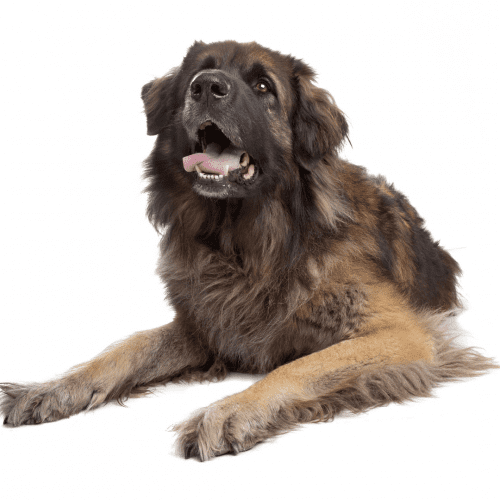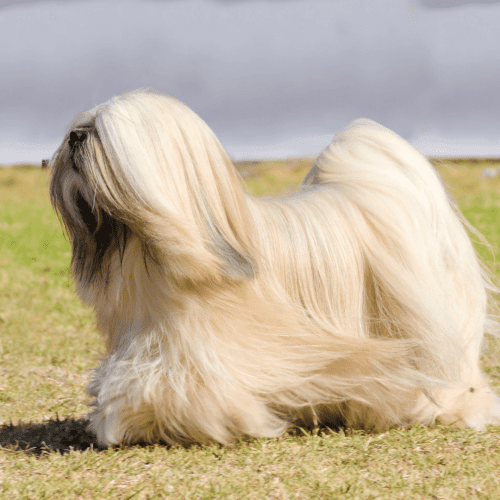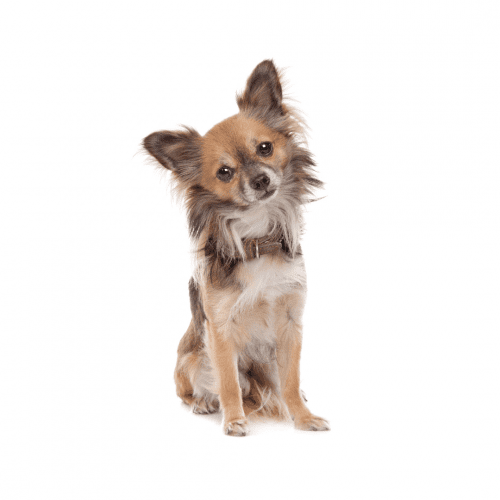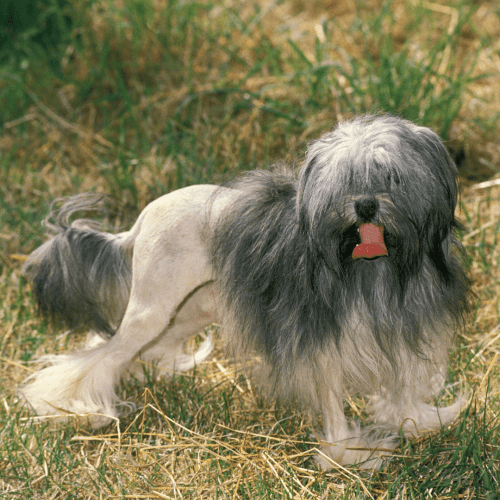
What Is The History Of The Lakeland Terrier Breed?
The Lakeland Terrier is a terrier breed that originated in the 19th century in the English county of Cumberland. Initially, they were bred for the purpose of hunting foxes and other vermin, later gaining recognition as show dogs. Possessing a distinctive appearance, the Lakeland Terrier is a small, compact, short-legged breed with a waterproof coat. Known for their energetic and independent nature, they are also renowned for their stubbornness and determination. This breed has garnered popularity not only within the United Kingdom but also in countries like Australia, New Zealand, Canada, and the United States.
What Does A Lakeland Terrier Look Like?
A Lakeland Terrier has a weather-resistant double coat that is dense and wiry. The outer coat is harsh to the touch, while the undercoat is soft. The coat may be any shade of blue, black, brindle, or wheaten. Lakeland Terriers are born with black coats that lighten as they age.
The hair on the face and head is short and smooth, while the rest of the body is covered in a thick, rough coat. The hair on the legs is shorter than on the body, and the hair on the ears is relatively short as well. Puppies have softer coat that gradually becomes more wiry as they mature.
How Big Is An Adult Lakeland Terrier?
A Lakeland Terrier boasts a weather-resistant double coat, characterized by its dense and wiry texture. The outer coat is coarse to the touch, while the undercoat maintains a softer feel. The coat can present itself in a variety of shades, including blue, black, brindle, or wheaten. Interestingly, Lakeland Terrier puppies are born with black coats that gradually lighten as they mature.
The fur on the face and head is short and smooth, in contrast to the rest of the body, which is covered by a thick, rough coat. The hair on the legs is shorter compared to the body, and the ears also have relatively short hair. While puppies initially display a softer coat that evolves into a wiry texture as they grow.
To maintain their coat and prevent matting, regular grooming is necessary for Lakeland Terriers. This entails brushing the coat a few times per week and undergoing occasional trimming or stripping every few months. While they aren’t heavy shedders, some hair loss may occur during shedding seasons.
How Big Is A Lakeland Terrier dog?
A male Lakeland Terrier typically stands at around 15 inches in height and weighs approximately 17 pounds. On the other hand, a female Lakeland Terrier averages about 14 inches in height and weighs around 16 pounds. It’s important to note that individual variations might lead to some dogs falling outside of these average ranges.
Are There Other Dog Breeds Related To The Lakeland Terrier?
Yes, there are several other dog breeds that share similar traits, characteristics, or origins with the Lakeland Terrier. These breeds may exhibit comparable qualities in terms of appearance, behavior, or historical background. Here are a few examples:
- Border Terrier: Like the Lakeland Terrier, Border Terriers are small, energetic, and were originally bred for hunting purposes. They have a dense, wiry coat and share the same tenacious and determined personality. Border Terriers are known for being affectionate and adaptable companions.
- Cairn Terrier: Cairn Terriers are another breed with a strong hunting background. They are small, sturdy, and possess a weather-resistant double coat. Cairn Terriers are lively, alert, and can form strong bonds with their families.
- Wire Fox Terrier: With a similar heritage in fox hunting, Wire Fox Terriers have a distinctive appearance with a dense, wiry coat. They are intelligent, spirited, and excel in activities like agility. Their determination and energy align with those of the Lakeland Terrier.
- Airedale Terrier: Although larger than the Lakeland Terrier, the Airedale Terrier shares the terrier traits of intelligence, independence, and a strong prey drive. Airedales were initially bred for hunting larger game and have a distinctive wiry coat.
- Norfolk Terrier: Norfolk Terriers are compact, friendly dogs with a wiry coat. They were bred for ratting and share the terrier’s fearless and confident nature. Norfolk Terriers often bond closely with their families and enjoy participating in various activities.
- Welsh Terrier: Like the Lakeland Terrier, Welsh Terriers have a distinct wiry coat and a history in hunting vermin. They are spirited, intelligent, and often have a strong sense of loyalty to their families.
- West Highland White Terrier (Westie): Although smaller, Westies share the terrier traits of determination, independence, and a distinctive double coat. They are known for their friendly demeanor and adapt well to various living situations.
- Scottish Terrier (Scottie): Scotties have a strong personality, similar to Lakeland Terriers. They are known for their distinctive appearance and were bred for hunting. Scotties are loyal, confident, and can form deep bonds with their owners.
- Miniature Schnauzer: Miniature Schnauzers are small, intelligent dogs with a distinctive beard and eyebrows. They are often energetic, alert, and have a protective nature, similar to some traits of the Lakeland Terrier.
It’s important to note that while these breeds share certain characteristics with the Lakeland Terrier, individual dogs within each breed can vary in terms of temperament, behavior, and specific traits. If you’re considering bringing a dog into your home, it’s a good idea to research each breed thoroughly and meet individual dogs to find the best match for your lifestyle and preferences.
What Is The Life Expectancy Of A Lakeland Terrier?
The lifespan of a Lakeland Terrier is commonly between 12 and 16 years, although some individuals may even live into their early 20s. Compared to the average life expectancy of most dog breeds, which is approximately 10 to 13 years, the Lakeland Terrier’s longevity is notable. However, as with any living creature, an individual dog’s health and lifestyle significantly impact its lifespan. Dogs that receive proper care and live in favorable conditions generally experience longer lives compared to those that don’t.
Can A Lakeland Terrier Be Trained?
Lakeland Terriers are indeed trainable, excelling in various activities such as obedience training, tricks, and agility courses. Their intelligence and eagerness to learn make them versatile companions with the right training. Due to their strong prey drive, this breed also proves suitable for hunting or working roles. With appropriate training and socialization, a Lakeland Terrier can thrive as a well-rounded family pet.
What Are Some Interesting Facts About A Lakeland Terrier?
Here are some interesting facts about the Lakeland Terrier:
- Unique Coat Colors: While the Lakeland Terrier’s coat can come in various colors, including blue, black, brindle, and wheaten, puppies are typically born with a black coat that gradually lightens as they age.
- Distinctive Grooming: The Lakeland Terrier’s wiry coat requires regular grooming to maintain its appearance and prevent matting. This breed needs brushing a few times a week and occasional trimming or stripping to keep their coat in good condition.
- Stubborn Determination: Lakeland Terriers are known for their stubbornness and determination. This trait, while challenging at times, can also make them fascinating and tenacious companions.
- Longevity: With a lifespan that often ranges from 12 to 16 years and potentially even longer, the Lakeland Terrier enjoys a relatively extended life expectancy compared to many other dog breeds.
- Origins in Hunting: The breed’s history as a fox-hunting and vermin-control dog in the rugged terrain of Cumberland reflects their hardiness and agility. Their compact size and strong personality made them effective hunters.
- Adaptable Training: Lakeland Terriers possess high intelligence and a willingness to learn, making them versatile in various training activities, from obedience to agility. Their active minds thrive on mental stimulation.
- Strong Prey Drive: Due to their hunting origins, Lakeland Terriers have a natural prey drive, which can make them excel in activities like lure coursing or other dog sports that tap into their instinctual behaviors.
- Show Dog Success: While initially bred for hunting, Lakeland Terriers have also gained recognition in the world of dog shows. Their distinctive appearance and charming personality have made them popular contenders in show rings.
- Compact and Energetic: Despite their relatively small size, Lakeland Terriers are full of energy and vitality. They require regular exercise and mental stimulation to keep them happy and well-behaved.
- Personable Companions: Lakeland Terriers form strong bonds with their human families, displaying affectionate, loyal, and loving behaviors. They thrive on human interaction and make for engaging and devoted companions.
- Championing Versatility: While they excel in their traditional roles of hunting and showing, Lakeland Terriers can also adapt to various lifestyles. They can be excellent family pets, working dogs, or even therapy dogs.
- Early Socialization Importance: Proper early socialization is crucial for Lakeland Terriers to develop good behavior and appropriate interactions with people and other animals. This helps channel their strong personalities into positive behaviors.
- Tendency for Alertness: As terriers, Lakeland Terriers possess a strong sense of alertness. They are likely to bark at perceived threats or unfamiliar situations, making them effective watchdogs.
- Minimal Shedding: While they have a thick coat, Lakeland Terriers are considered to be low shedders. This characteristic, along with their relatively low maintenance grooming needs, can make them more appealing to certain individuals or families.
These intriguing facts showcase the Lakeland Terrier’s unique characteristics, history, and role as a versatile and affectionate companion.
How Does A Lakeland Terrier Interact With People?
Lakeland Terriers typically form strong bonds with their owners and exhibit affectionate, loyal, and loving behavior. They function well as companion dogs, particularly in households where consistent human interaction is provided. Extended periods of isolation can lead to boredom or destructive tendencies in these dogs. Early socialization and training are pivotal in helping them develop appropriate and positive interactions with people.
